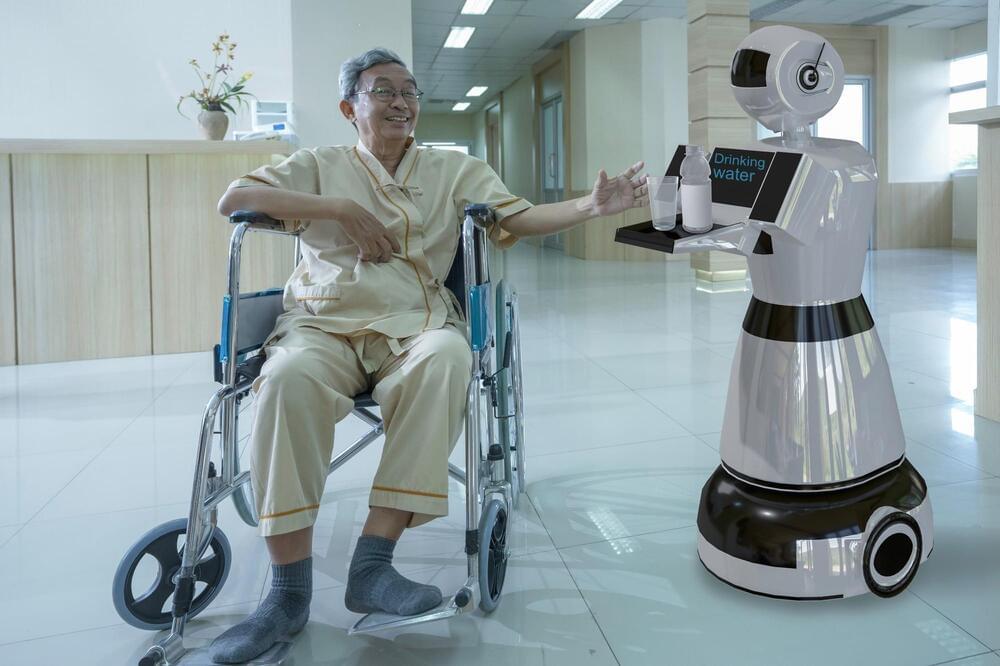Discover superhero abilities with I-XRAY, AI glasses that reveal anyone’s personal info like address, name, and phone number with a glance.



#ibm #heron #quantumcomputer #quantumphysics #softwareengineering #developers #programming #artificialintelligence #ai #neuralnetworks #machinelearning #explorepage #financialmarkets #cryptography #business #productdevelopment #researchanddevelopment #computerscience #qubit #engineering #technology #startups #science #mathematics #innovation #invention


A team of engineers at AI inference technology company BitEnergy AI reports a method to reduce the energy needs of AI applications by 95%. The group has published a paper describing their new technique on the arXiv preprint server.
As AI applications have gone mainstream, their use has risen dramatically, leading to a notable rise in energy needs and costs. LLMs such as ChatGPT require a lot of computing power, which in turn means a lot of electricity is needed to run them.
As just one example, ChatGPT now requires roughly 564 MWh daily, or enough to power 18,000 American homes. As the science continues to advance and such apps become more popular, critics have suggested that AI applications might be using around 100 TWh annually in just a few years, on par with Bitcoin mining operations.
A school in Texas is revolutionizing the way students learn by going all-in on artificial intelligence. Its leaders are using the technology to educate students without the help of a traditional teacher. NBC’s Gadi Schwartz reports for TODAY.
» Subscribe to TODAY: / @today.
About: TODAY brings you the latest headlines and expert tips on money, health and parenting. We wake up every morning to give you and your family all you need to start your day. If it matters to you, it matters to us. We are in the people business. Subscribe to our channel for exclusive TODAY archival footage \& our original web series.
Connect with TODAY Online!
Visit TODAY’s Website: https://www.today.com/
Find TODAY on Facebook: / today.
Follow TODAY on Twitter: / todayshow.
Follow TODAY on Instagram: / todayshow.
» Stream TODAY All Day: https://www.today.com/allday.
About: TODAY All Day is a 24/7 streaming channel bringing you the top stories in news and pop culture, celebrity interviews, cooking, and more. All in one place.
#ai #parenting #school




Engineers have worked out how to give robots complex instructions without electricity for the first time which could free up more space in the robotic ‘brain’ for them to ‘think’
Mimicking how some parts of the human body work, researchers from King’s College London have transmitted a series of…
This could lead to the next generation of robots being smarter and more social than their predecessors.